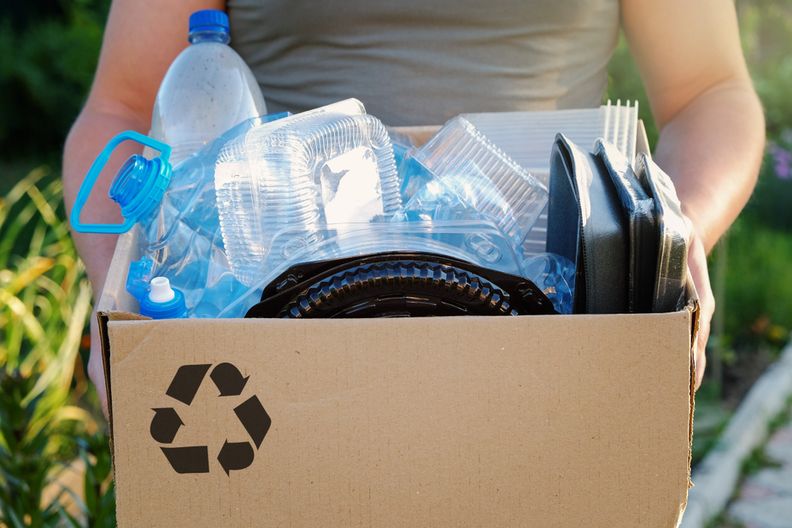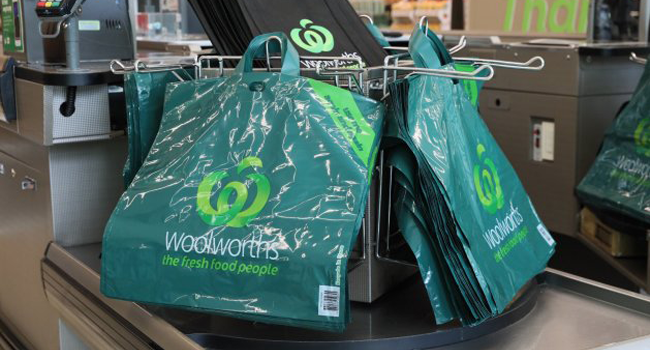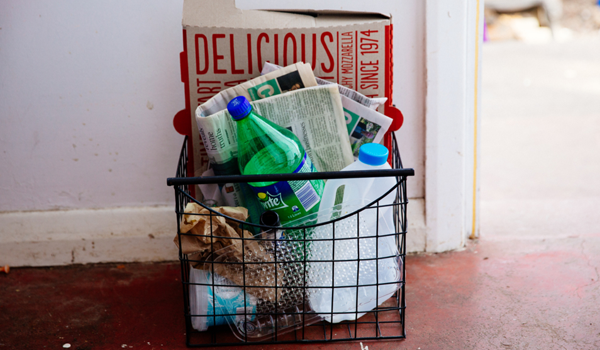The study uses a material flow analysis (MFA) at European level to provide quantitative estimates of the contribution of chemical recycling technologies to plastic recycling. The chemical recycling technologies considered are pyrolysis coupled with distillation, and hydrotreatment; gasification, coupled with Fischer-Tropsch Synthesis; and depolymerization.
The ten polymers considered in the study are LLDPE, HDPE, PP, PET, PS, EPS, PVC, ABS, PU, and PA. These polymers are applied in different sectors with their specific use and end-of-life fate. The five sectors included are packaging, building and construction, automotive, electronic, and agriculture.
The study also shows that chemical recycling will be critical to meeting European recycling targets. In the packaging sector, the 55% recycling targets by 2030 stated by the Plastic Packaging Waste Directive (PPWD) cannot be achieved only by improving the current waste management treatments (i.e., collection, sorting, and mechanical recycling) as the estimated end-of-life recycling rate would only be 49%, according to the study. Chemical recycling and solvent-based recycling options can contribute to reach the recycling targets set by PPWD, as the end-of-life recycling rate is then expected to increase to 73% to 81%.
The academics also noted that the plastic-to-plastic rate of chemical recycling can be improved, at the cost of plastic-to-chemical and plastic-to-fuel rates, by applying other pyrolysis conditions such as adding catalysts, hydrocracking, amongst others. One study suggests that the yield of olefins from a mixed polyolefin waste can increase up to around 75% by introducing catalysts. The limited plastic-to-plastic yield of current, unrefined, pyrolysis processes is often the target of chemical recycling critics.
The scientists shared their findings in “How much can chemical recycling contribute to plastic waste recycling in Europe? An assessment using material flow analysis modeling,” recently published in Resources, Conservation & Recycling.









